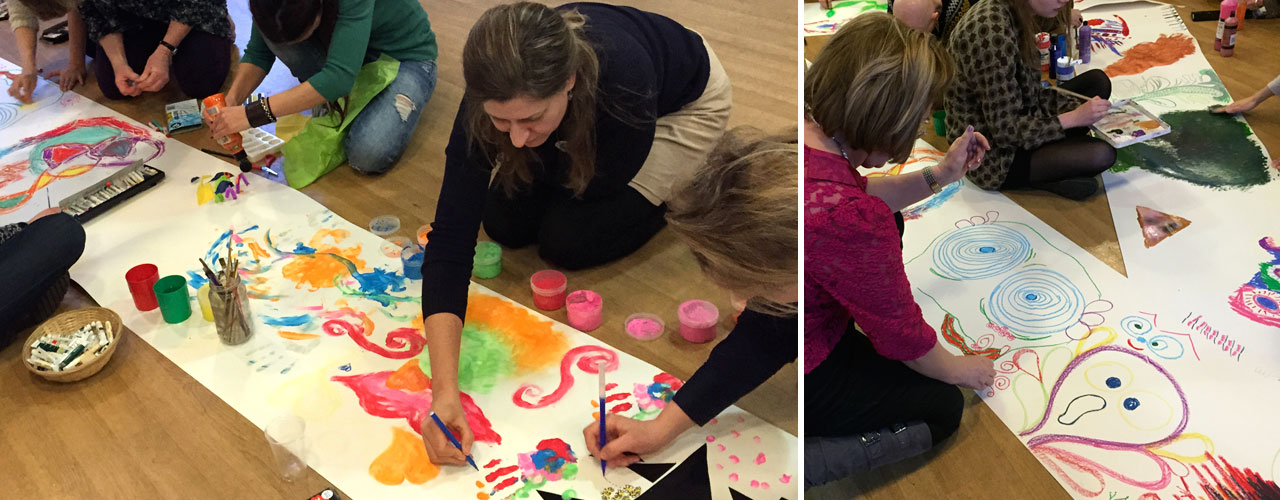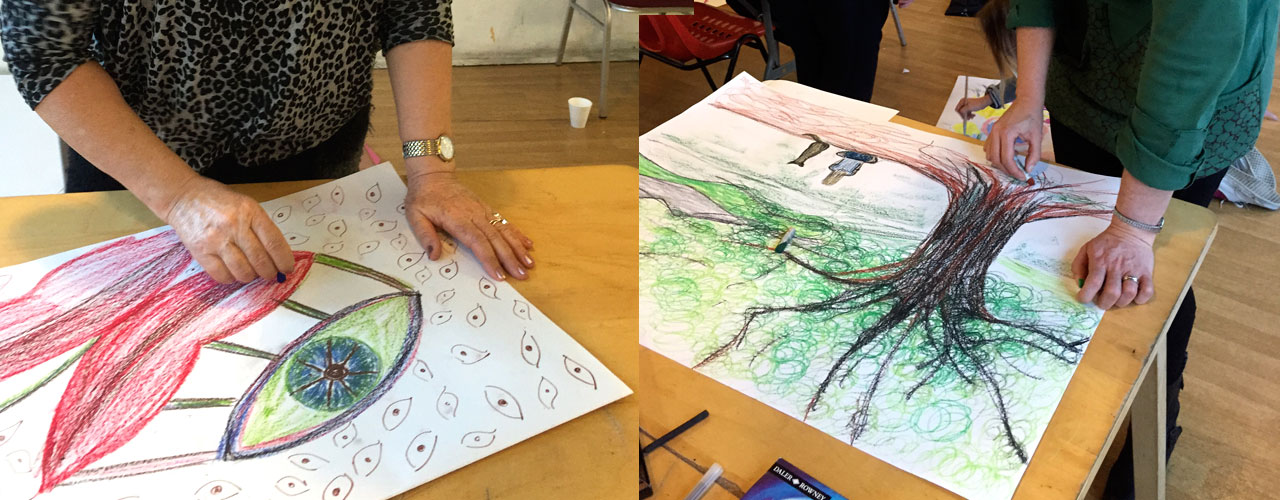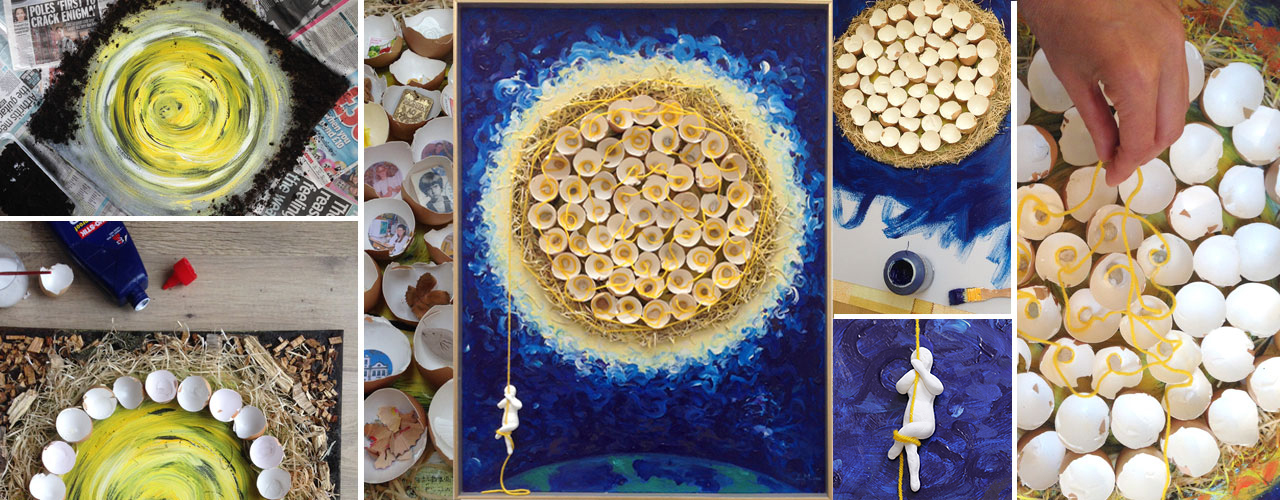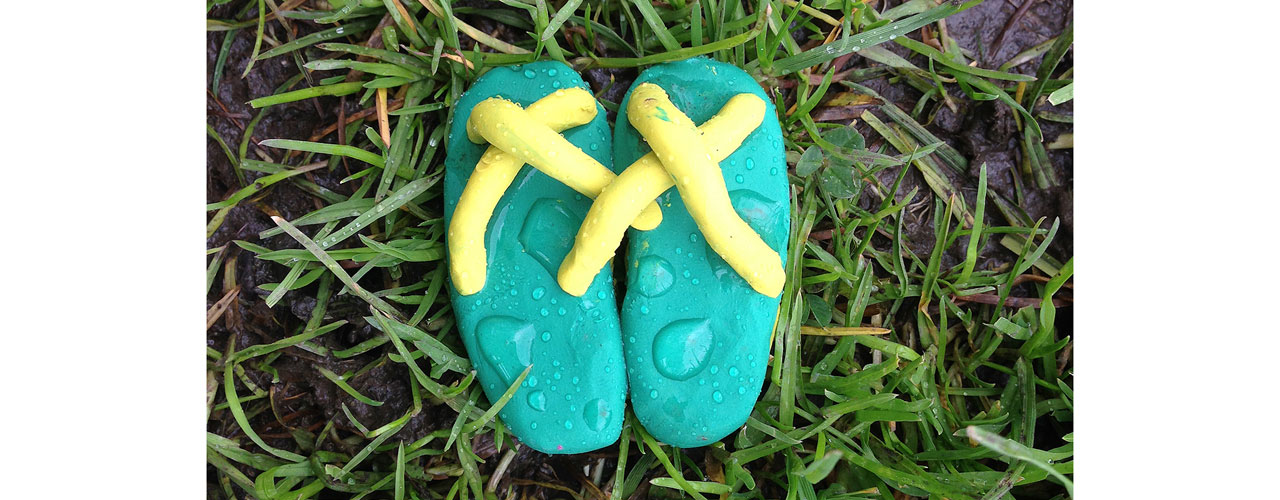Art Psychotherapy - An overview
In June 2018 Irene completed a Masters Degree in Art Psychotherapy at Goldsmiths University of London and is now a HCPC (Health and Care Professions Council) and BAAT (British Association of Art Therapists) registered Art Psychotherapist.
As an Art Facilitator and Inclusion Support Worker, Irene has been working with adults with learning disabilities indoors and also in a horticultural setting in Brentwood, Essex. Prior to this she has provided Art Psychotherapy in a NHS community adult mental health centre for adults in London, Romford area. As an Art Psychotherapist, she has also worked with individual clients with early relational trauma; sexual, emotional and physical abuse and group work with clients with dementia, anxiety and depression problems.
Art Therapy is a form of psychotherapy that uses art media as its primary mode of expression and communication. Within this context, art is not used as diagnostic tool but as a medium to address emotional issues, which may be confusing and distressing.
One may want to paint, draw or play with clay. One may wish to explore the materials, pouring paint, ripping paper or pushing chalk pastels against paper. Playing with material will be beneficial for the patient to find non-verbal ways of expressing how you feel.
Art Therapy allows one to trust and feel safe exploring any difficult feelings they may be experiencing. This safety comes not only as one's relationship evolves with me as your therapist, but also from experiencing the art materials as a way of exploring these feelings.
Art therapists work with children, young people, adults and the elderly. Clients may have a wide range of difficulties, disabilities or diagnoses. These include emotional, behavioural or mental health problems, learning or physical disabilities, life-limiting conditions, neurological conditions and physical illnesses. Art Therapy is provided in groups or individually, depending on clients' needs. It is not a recreational activity or an art lesson, although the sessions can be enjoyable. Clients do not need to have any previous experience or expertise in art.
More information about Art Therapy at:
http://www.baat.org
http://www.baat.org/About-Art-Therapy/Art-Therapy-Videos/What-happens-in-art-therapy
http://www.baat.org/About-Art-Therapy/Art-Therapy-Videos/Service-users-and-carers-talk-about-art-therapy
https://www.hcpc-uk.org/resources/standards/standards-of-proficiency-arts-therapists/
Environmental Arts Therapies
Irene is inspired by the benefits of art with nature's interaction and working outdoors with her clients is her passion. Irene recognises the therapeutic effects from having contact with nature and ways to explore the self through the relationship with the environment, as well as the use of natural materials for self-expression. Environmental Arts Therapy (EAT) has been Irene's main focus of specialisation within the Art Psychotherapy field. Since 2017 Irene has been attending several conferences on Eco Psychotherapy and completed the ‘Introduction to Environmental Arts Therapy' outdoor training through the London Art Therapy Centre.
Most recently Irene has launched the "Eco Drawing Workshops", which are a combination of concerns for the actual environmental issues around the Planet and the use of art for environmental awareness, as well as fun. Irene uses the how-to-draw method created by Linda Nissen Samuels from the book DRAW WATER AND OTHER THINGS illustrated by herself. Essex Country Parks and Essex Country Council have been the main promoters for the workshops.
For more information on Irene's next EAT projects please visit:
www.environmentaltherapies.co.uk





